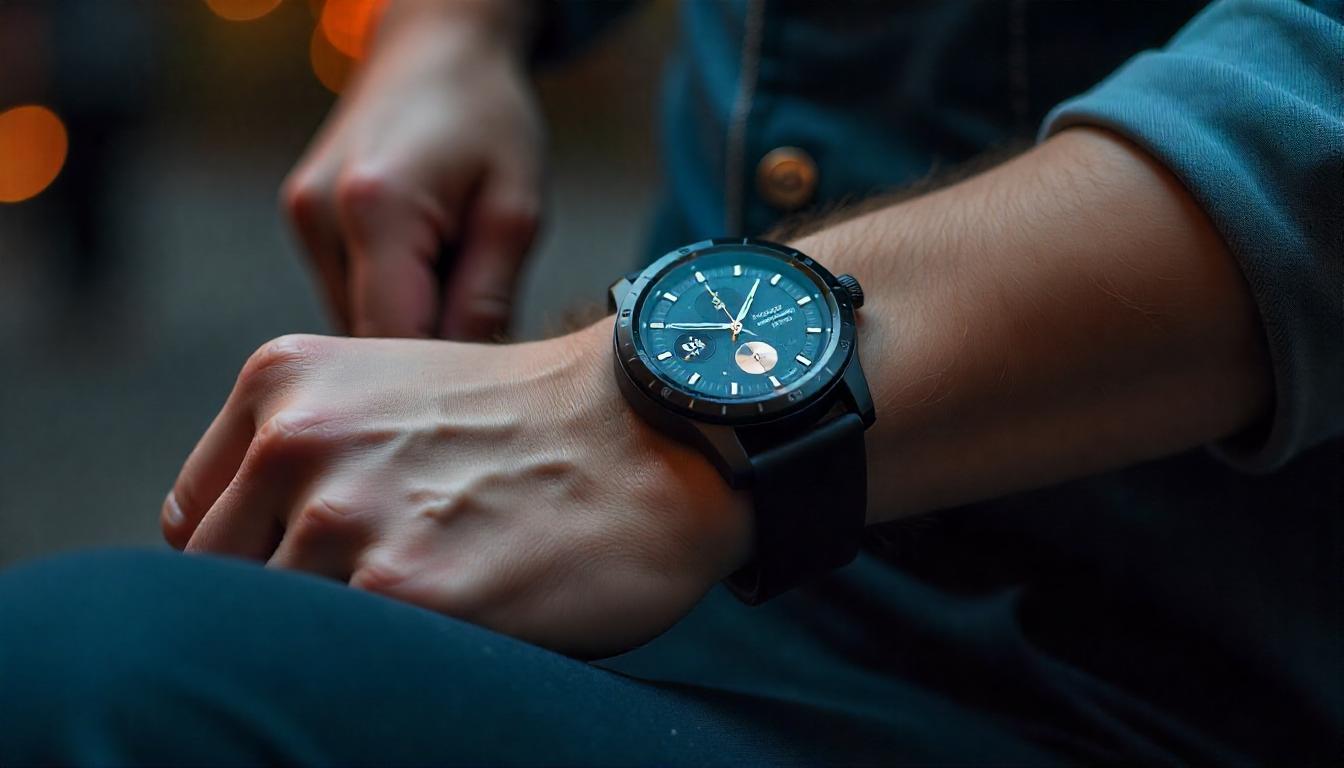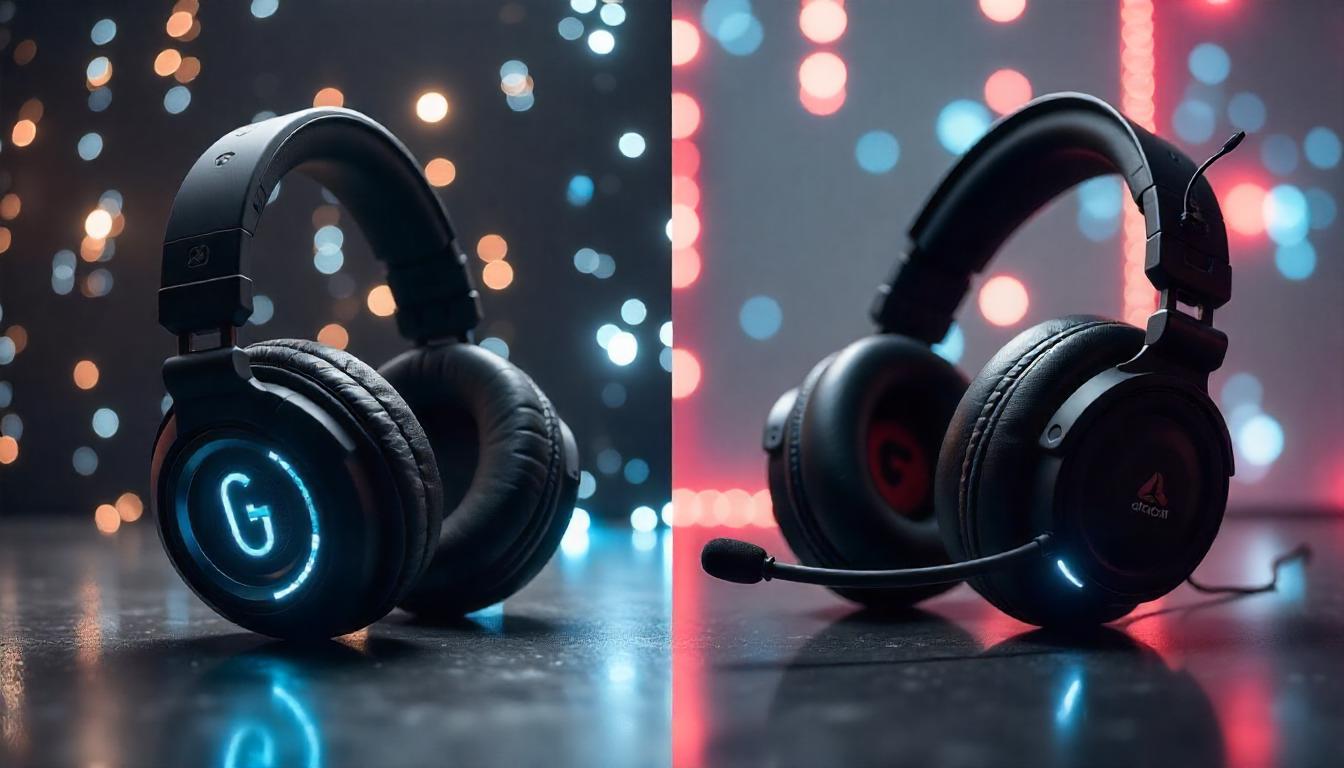Smartwatches have come a long way from being mere notification centers strapped to our wrists. In 2025, the industry is poised to take a significant leap, integrating AI, advanced health tracking, and next-generation connectivity to redefine how we interact with wearable technology. This year will likely mark the beginning of an era where smartwatches become indispensable digital companions, leveraging machine learning and health insights like never before. Let’s explore where this evolution is headed and how today’s innovations set the stage for tomorrow’s breakthroughs.
AI-Powered Assistance: Beyond Simple Smart Features
The integration of AI into smartwatches is rapidly advancing, moving beyond basic voice commands and predictive text. In 2025, expect AI-powered wearables to offer real-time, context-aware assistance. Companies like Apple, Google, and Samsung have already introduced AI-driven health tracking, but the future will see more intuitive capabilities.
What’s Next?
- On-Device AI: With processors becoming more powerful, smartwatches will rely less on cloud computing and more on AI processing directly on the device. This will improve privacy, reduce latency, and enable more personalized experiences.
- Predictive Behavior: AI models will analyze patterns in daily activities, automatically adjusting notifications, reminders, and even suggesting micro lifestyle changes for optimized productivity and health.
- Conversational AI Assistants: Enhanced AI chatbots will transform smartwatches into proactive problem-solvers, capable of holding more natural conversations and even making autonomous decisions on behalf of users.
Health Tracking: A New Era of Preventative Care
If 2023 and 2024 focused on blood oxygen monitoring and ECG functionality, 2025 will likely introduce even more sophisticated biometrics. Patent filings and research papers hint at major breakthroughs in wearable health tracking.
Upcoming Innovations:
- Continuous Blood Glucose Monitoring: Companies like Apple and Fitbit are investing heavily in non-invasive glucose tracking, eliminating the need for finger-prick tests for diabetics.
- Early Disease Detection: AI-driven analysis of heart rate variability, respiratory patterns, and temperature trends could lead to the early detection of conditions such as heart disease, sleep apnea, and even neurological disorders.
- Hydration & Nutrition Monitoring: Future smartwatches may track hydration levels and nutrient deficiencies based on sweat composition and skin impedance.
- Stress & Mental Health Analysis: By combining biometric feedback with AI, smartwatches could proactively recommend relaxation techniques, alert users to potential burnout, or even integrate with therapy apps.
Connectivity: The Rise of Fully Independent Smartwatches
One of the most significant shifts in smartwatch evolution is the transition from companion devices to standalone smart hubs. With the growing adoption of eSIM technology and faster wireless standards, smartwatches will no longer be tethered to smartphones.
What’s on the Horizon?
- 5G & Beyond: 2025 could be the year smartwatches fully embrace 5G, making real-time cloud computing, high-quality video calls, and ultra-fast app syncing a reality.
- Seamless IoT Integration: Future smartwatches will serve as control centers for smart homes, cars, and even AR glasses, enabling fluid interactions across an entire digital ecosystem.
- Satellite Connectivity: Recent advances suggest that future smartwatches may incorporate satellite communication for emergency messaging, eliminating the need for cellular coverage in remote areas.
The Future of Design & Battery Life
Beyond software and connectivity, form factor remains a crucial battleground for smartwatch innovation. As consumers demand slimmer, more stylish designs, manufacturers are experimenting with new materials and energy-efficient displays.
Expectations for 2025:
- MicroLED Displays: Offering better brightness, color accuracy, and battery efficiency than OLED, MicroLED screens could become the new standard for premium smartwatches.
- Advanced Battery Tech: Solid-state batteries and energy-harvesting technologies (such as body heat or solar power) may extend battery life significantly, reducing reliance on frequent charging.
- Modular & Customizable Designs: Future watches could feature interchangeable sensors and bands, allowing users to tailor functionality to their specific needs, from fitness tracking to workplace productivity.
Final Thoughts: A Glimpse Into the Smartwatch of Tomorrow
The smartwatch industry in 2025 will likely be defined by smarter AI, advanced health tracking, and true independence from smartphones. As wearables become more intuitive and indispensable, they will play a key role in shaping the future of personal technology. Whether it’s predicting health risks, serving as a real-time AI assistant, or seamlessly connecting with the wider digital world, the smartwatch of 2025 will be far more than just a timepiece—it will be an extension of our digital lives.
What do you think? Will smartwatches replace smartphones in the coming years, or will they remain complementary devices? Let’s discuss!






Leave a Reply